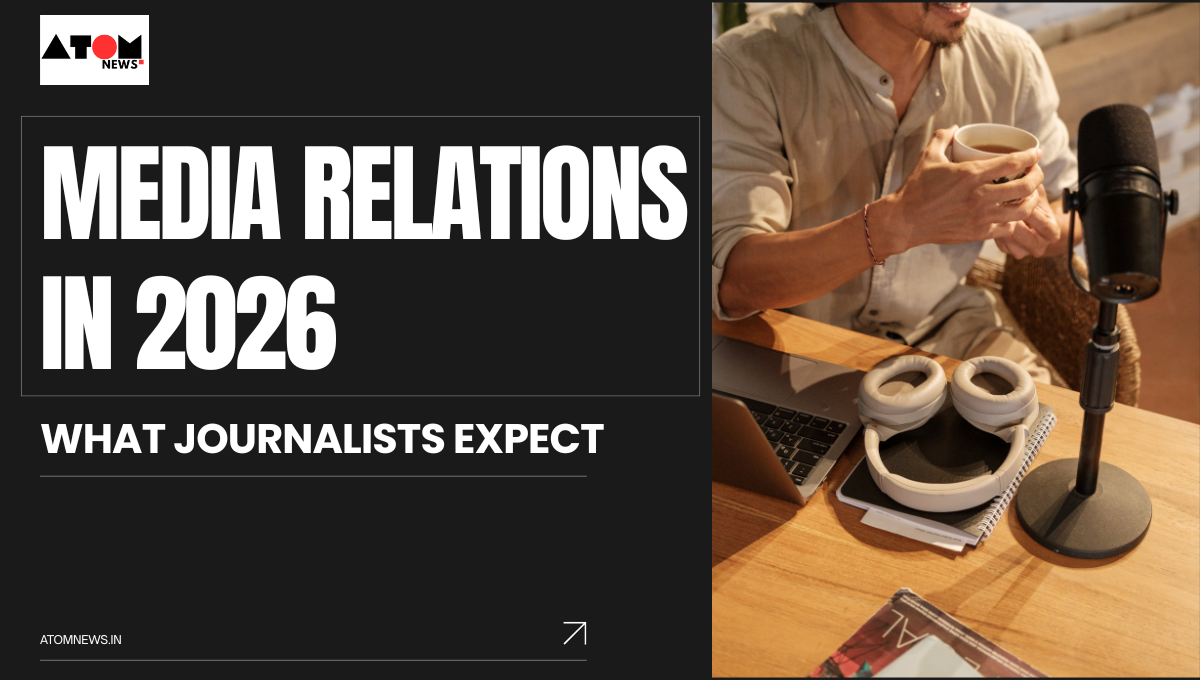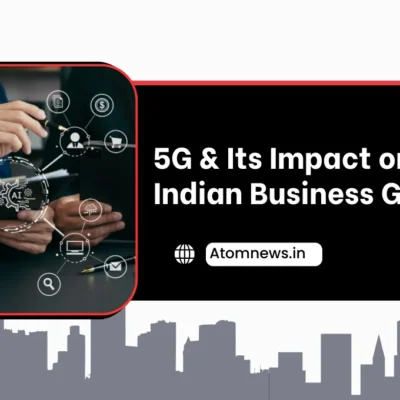Media relations is undergoing a fundamental shift. As India’s news ecosystem becomes more digital, more competitive, and more time-compressed, journalists today operate very differently than they did even five years ago. With shrinking newsroom resources, exploding content pipelines, AI-assisted fact-checking, and intense pressure to deliver stories that perform online, the expectations from PR professionals have changed dramatically.
In 2026, journalists want precision, authenticity, and relevance—not aggressive pitching or generic announcements. For brands, this means media relations can no longer rely solely on long email lists or celebratory press releases. It must be strategic, data-driven, relationship-led and grounded in real value.
Here’s a breakdown of what journalists truly expect from PR teams in 2026.
Clear, Concise, and Credible Pitches
Journalists today receive hundreds of pitches daily. Most are ignored—not because the story is weak, but because the pitch is unclear, lengthy or promotional. Journalists expect pitches that get to the point fast.
According to the Cision State of the Media Report 2024, 73% of journalists prefer pitches under 200 words, focused on relevance, data and clarity.
PR teams must share what’s newsworthy—not what’s convenient for the brand.
Authenticity Over Spin
Journalists in 2026 are hyper-aware of exaggerated claims. With AI tools allowing real-time verification, any inflated user numbers, revenue claims or awards can backfire almost instantly. Reporters now value language that is transparent, factual and human—not celebratory corporate jargon.
The shift is clear: journalists want truth, not talk. A brand with honest communication earns more credibility than one with flashy messaging.
Access to Leaders Who Actually Have Something to Say
Media interactions require more than a spokesperson reading prepared talking points. Journalists now prefer leaders who:
- Understand their industry deeply
- Can explain trends with clarity
- Offer original insights
- Speak candidly, not defensively
The Reuters Digital News Report 2024 highlights that audiences trust brands more when leaders communicate authentically and openly.
This influences journalists too—they want experts, not “position holders.”
Data, Proof Points & Real Market Context
A good media pitch in 2026 includes data that paints a sharper narrative. Journalists expect:
- Verified numbers
- Customer impact
- Industry comparisons
- Market trends
- Regional context
Every announcement must answer:
“Why does this matter right now?”
Generic press releases lacking depth rarely earn coverage. Context is now as important as the announcement itself.
Human Stories, Not Just Corporate Milestones
What journalists value most today is storytelling—real people, real problems, real outcomes. Funding announcements and partnerships help visibility, but human-centered stories earn impact.
Journalists increasingly ask:
- Who benefited?
- How did this change someone’s life or business?
- What cultural or behavioural shift does this reflect?
This aligns with the broader shift in India’s media consumption—audiences want relatable narratives.
Rapid Response and Availability
Today’s newsroom cycles move at the speed of social media. Journalists expect PR teams to respond quickly—often within minutes, not hours. Slow responses lead to missed opportunities, half-stories or reliance on alternative sources.
A Meltwater Media Communication Study (2024) notes that delay in responses is one of the top frustrations journalists have with PR teams.
Being reachable, organised and proactive is now a baseline expectation.
Expert Commentary, Not Promotional Angles
Journalists in 2026 increasingly seek domain experts who can add value to ongoing conversations. They want:
- Sector insights
- Predictions
- Market commentary
- Policy reactions
- Trend breakdowns
Brands that consistently offer helpful expert viewpoints become long-term journalism partners—not one-time coverage hunters.
Personalised Outreach, Not Mass Mailing
Journalists want PR professionals who understand their beat, past work, readership and writing style. Mass email blasts feel disrespectful and waste newsroom time.
Successful media relations in 2026 depend on:
- Researching the journalist
- Aligning the pitch with their interest
- Referring to their past stories
- Sending targeted, value-driven updates
Relevance builds trust—and eventually builds relationships.
Support With Visual Assets & Multimedia
As Indian publications increasingly optimise for digital performance, multimedia elements matter. Journalists now expect brands to provide:
- High-quality images
- Short video bytes
- Infographics
- Data charts
- Social-ready visuals
- Founder photos
This helps reporters move faster and produce richer content for digital readers.
Final Insight
Media relations in 2026 is not about getting attention—it is about earning relevance. Journalists today expect clarity, honesty, speed, data and human value in every interaction. Brands that approach media with empathy and strategic discipline will build long-term relationships that go far beyond one-off news mentions. The future of media relations belongs to communicators who understand journalism—not just publicity.





